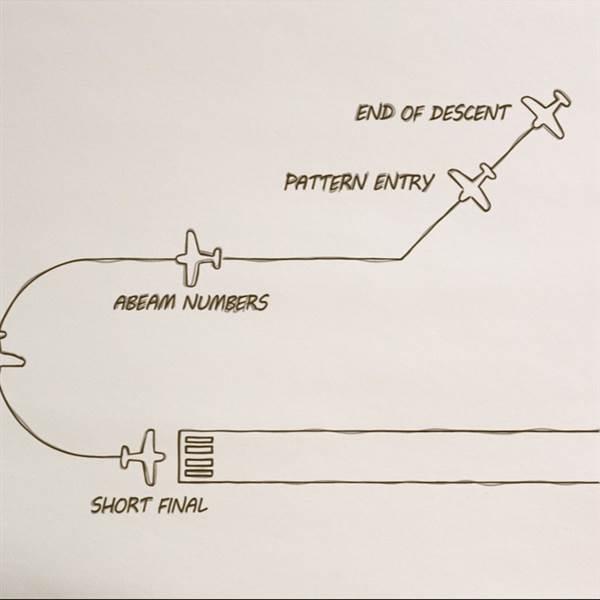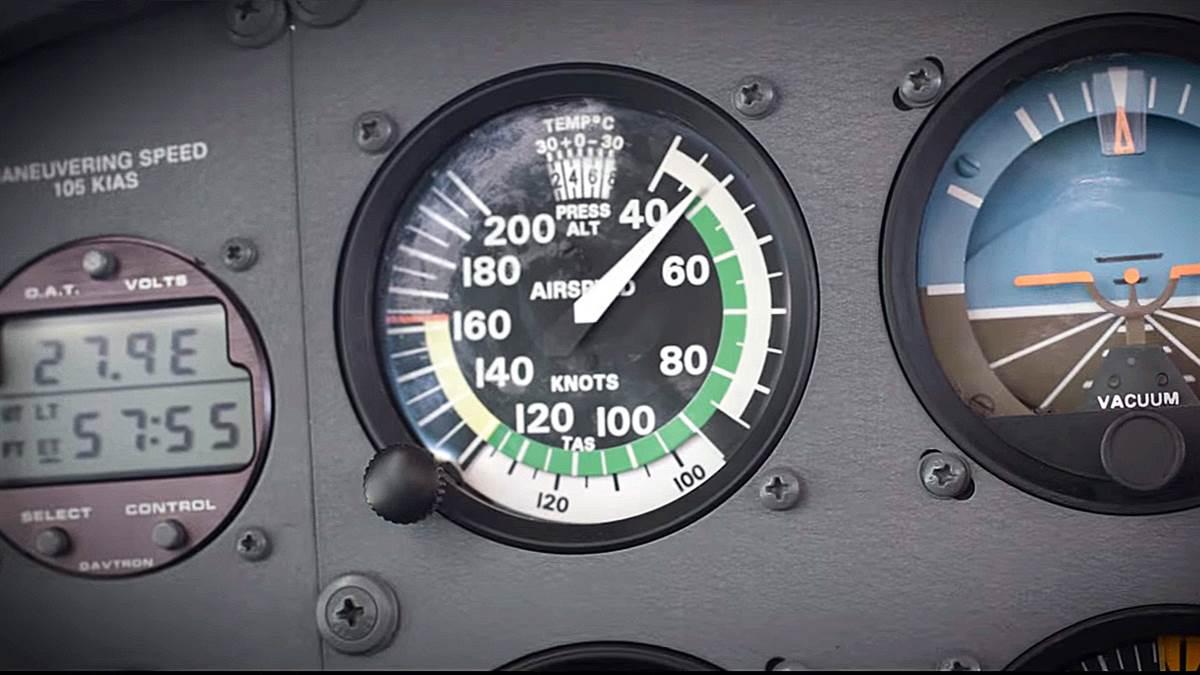Training News and Notes

WHAT: HondaJet
WHERE: Greensboro, North Carolina
PHOTOGRAPHER: Chris Rose
Download this photo
School News
New high-tech videos available
Embry-Riddle adds supplemental training
Embry-Riddle Aeronautical University’s College of Aviation at the Daytona Beach Campus has created new high-definition videos designed to serve as supplements to the training provided by Embry-Riddle’s flight instructors and professors. The series of 46 flight-training videos are available free online on Embry-Riddle’s Special VFR YouTube page.
“While flight-training videos have been around since World War II, no university with a flight-training program has fully capitalized on recent technology and produced such engaging and instructive training videos,” said Ken Byrnes, chairman of Embry-Riddle’s Flight Department in Daytona Beach. “We decided to release the videos on YouTube because we see this as an opportunity to improve flight training industry-wide.”
Students prepare for lessons with a combination of videos, interactive multimedia, online games, and testing.The videos are part of an interactive multimedia course known as PACE (Pre-Activity Computer Exercises) that allows Embry-Riddle students to prepare for their flight lessons with a combination of videos, interactive multimedia, online games, and testing. By using these activities ahead of time, students can approach a flight well prepared to receive instruction more effectively with foundational knowledge before they begin each course unit.
“Our video staff is a unique group of multimedia professionals with experience in flight instruction, 3D animation, filmmaking, and even air carrier operations,” said Mark Avellino, head of Special VFR Productions. “We have combined this knowledge to produce the most advanced flight-training material available today, and we want to share these videos with everyone to make flying safer and even more enjoyable.”
In addition to the new series of videos, a fundamental web-based course for beginning pilots is also available free to the public through a Massive Open Online Course called Aviation101. Thousands of people interested in aviation have already taken the course. Find it online.
News
AOPA partners with Purdue
Developing STEM programs for high schools
Purdue University’s Polytechnic Institute and AOPA have formed a partnership to develop aviation-related science and math curriculum for high schools across America. The program will be the first of its kind, offering students comprehensive four-year aviation-study options that are aligned to rigorous math and science standards used in many states.
The curriculum will be part of the high school initiative of AOPA’s You Can Fly program, which was created to bring more individuals into aviation. The aviation-related curriculum will be offered at Purdue Polytechnic High School-Indianapolis when it opens in August 2017.
Purdue University President Mitch Daniels said the partnership continues Purdue University’s efforts in STEM (science, technology, engineering, and math) education. “The new curriculum program gives students an opportunity to further develop their math and science skills in order to bolster the future of the aviation industry and create new possibilities in transportation,” Daniels said.
AOPA’s You Can Fly program is intended to help people of all ages get involved with aviation by educating high school students about aviation career opportunities, assisting lapsed pilots return to flying, lowering barriers to entry, reducing the cost of flying, and building the aviation community.
“You Can Fly is making aviation more inviting and accessible to everyone,” said Katie Pribyl, AOPA senior vice president of communications and head of the program. “Humans have always dreamed of flight. Now we’re offering new ways for people to connect with that dream. For high school students, the curricula we’re developing will offer a chance to explore the many fascinating aspects of aviation while making math and science more relevant and fun.”
ASI News
Too close for comfort
AOPA Air Safety Institute explores traffic pattern safety
Airport traffic patterns for light aircraft are generally about 800 to 1,000 feet above the airport elevation, providing a process to separate departures and arrivals. But it also puts airplanes at close proximity to the ground—and sometimes to each other.
It’s that closeness to the ground that should give us pause when we’re flying to and from the pattern, setting up for landing, or doing multiple takeoffs and landings during flight training. The airlines adhere to a sterile cockpit below 10,000 feet agl, meaning no chitchat, no distractions, and no extreme maneuvering when flying in that sacred region during climbout, descent, approach, and landing. But in general aviation, it is up to the individual pilot to incorporate rules that protect us from mishaps at low altitudes and in the pattern.
The AOPA Air Safety Institute developed Margins of Safety: Avoiding Traffic Pattern Stalls to help pilots understand the complexities of flying a traffic pattern, and the ways in which our actions or inactions can land us in hot water—all at an altitude where an inadvertent stall or spin may be unrecoverable. ASI thinks of this altitude as the “red zone” where we need to keep everyone safe.
Develop your own sterile cockpit rules and implement them 10 minutes before arrival and below 2,500 agl.


